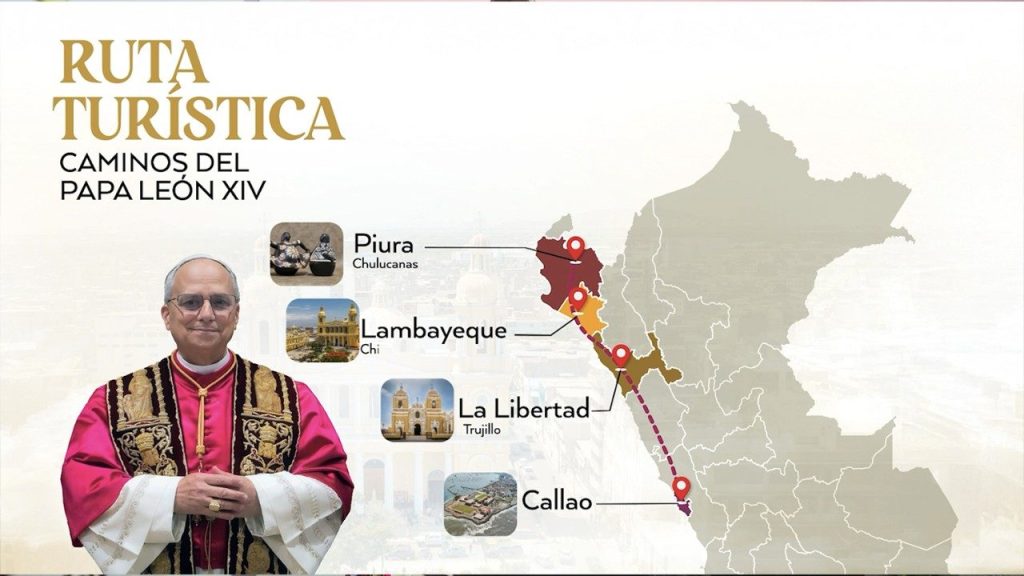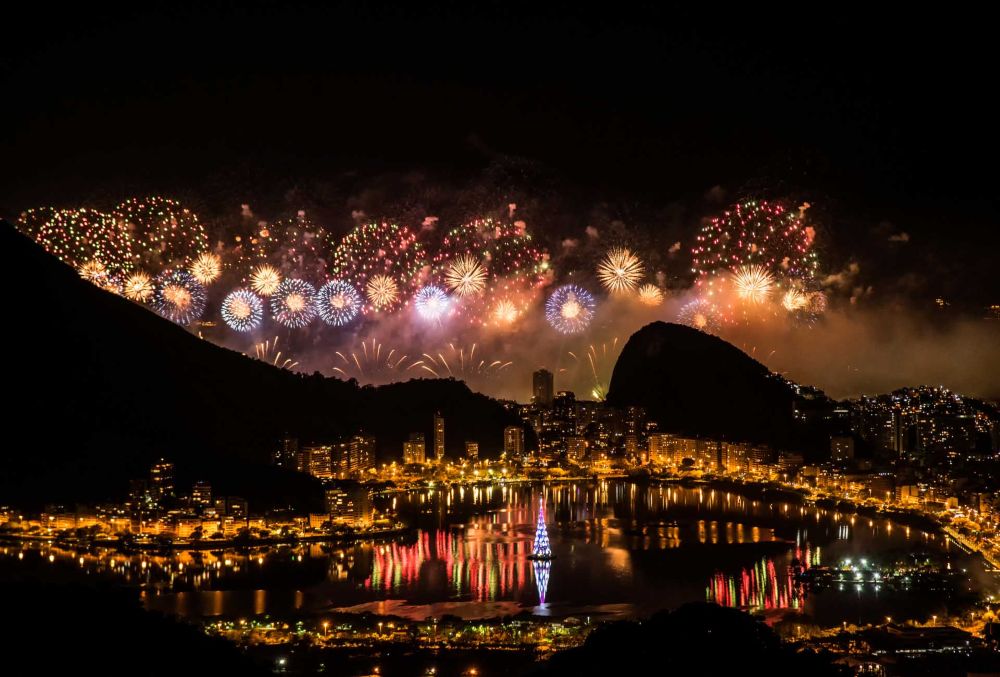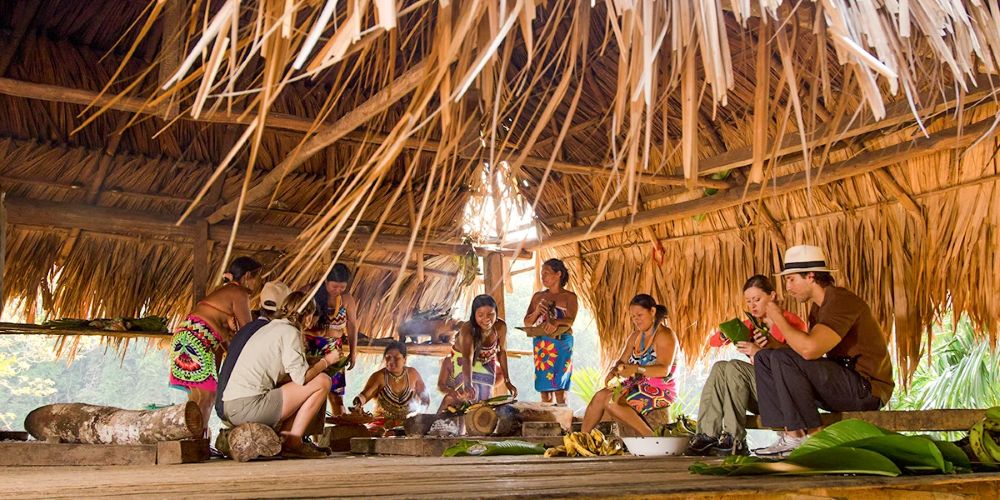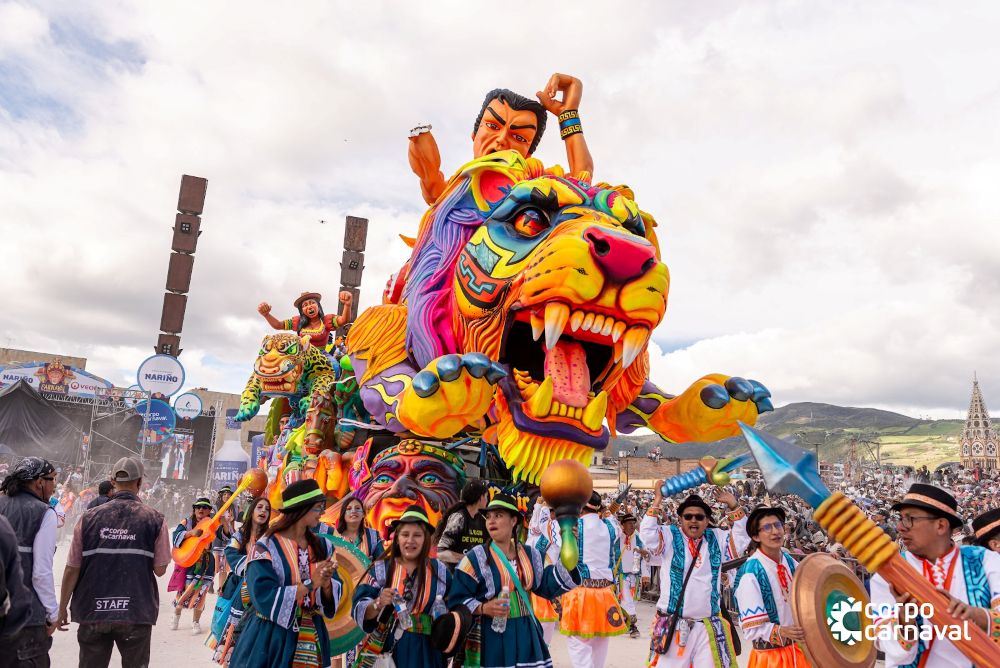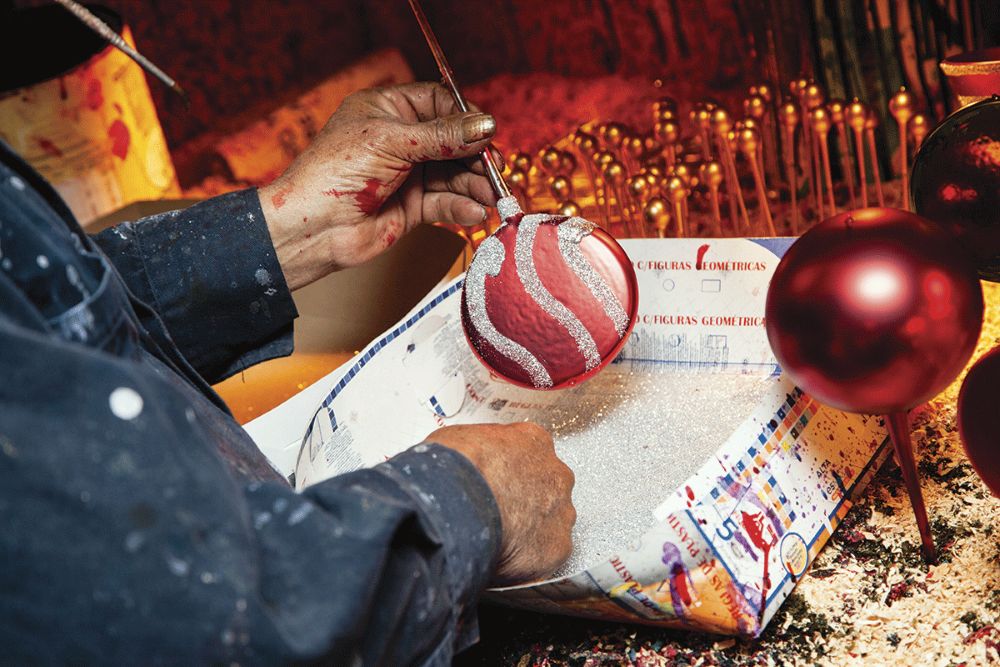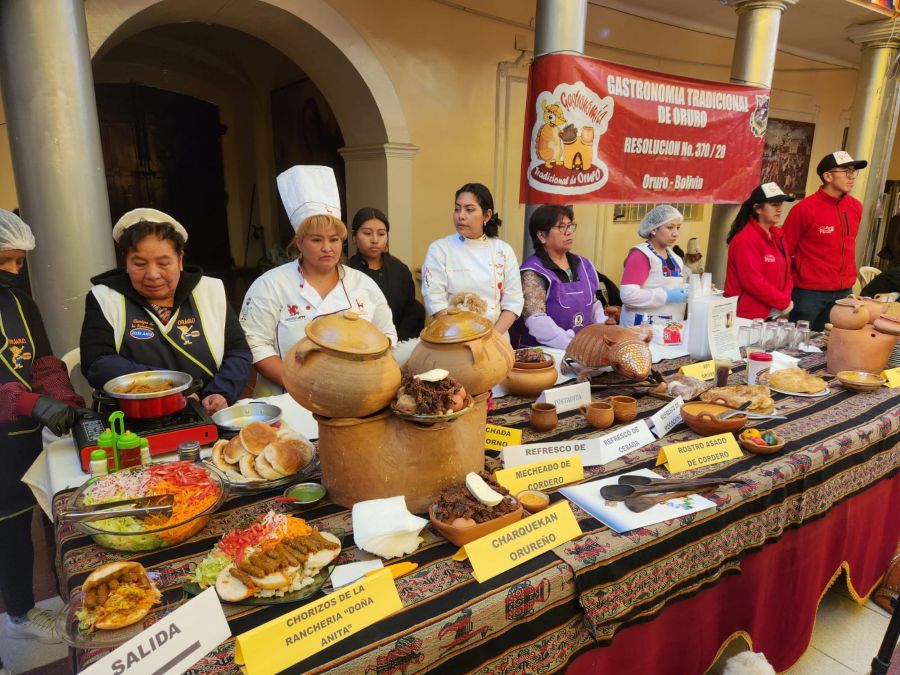Some journeys last a weekend, others a week or two… and then there are those that unfold over decades—across communities, dirt roads, churches, and shared silences. This is the kind of path Robert Francis Prevost, now Pope León XIV, walked during his years as a missionary in the land of the Incas. Inspired by his legacy, the Peruvian government has launched “In the Footsteps of Pope León XIV,” a new tourist route retracing his steps across the country. More than a devotional journey, it’s an invitation to discover a lesser-known Peru, where spirituality, heritage, and daily life intersect and intertwine.
Officially presented in July 2025, the route includes more than 35 sites across the regions of Lambayeque, La Libertad, Piura, and Callao. Each stop marks a key location in his pastoral mission. For nearly 40 years, he lived and worked in these areas, leaving a profound legacy still visible today in restored churches, active communities, and the memory of local populations.
From Monsefú to Chulucanas: Paths Steeped in History
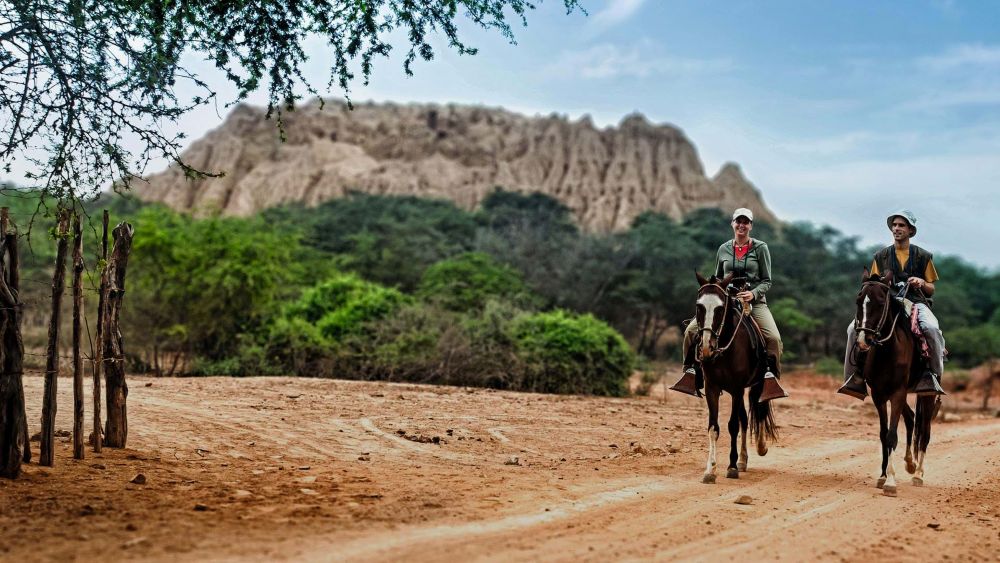
The journey begins in the Lambayeque region, the area most closely tied to his presence in Peru. Notable sites include the Santa María Cathedral in Chiclayo, the parishes of Monsefú and Eten, and the Sanctuary of the Cross of Chalpón in Motupe—one of the most important religious symbols in northern Peru. The historic Pomac Forest Sanctuary is also part of the route, not only for its natural beauty but because the Pope actively worked to preserve this unique landscape of carob trees, pre-Columbian tombs, and endemic birds.
Our article: Crossing Time in Chiclayo: History, Nature and Gastronomy in Northern Peru
The itinerary continues in Piura, with a stop in Chulucanas, home to the San Agustín Seminary where he taught. In La Libertad, visitors can explore the San Tomás de Villanueva Convent in Trujillo. The route ends in Callao, where he was appointed bishop in 2014 and gave his final blessing before being called to the Vatican.
A National Project Before a Tourist One
This project goes beyond a symbolic gesture. The Peruvian Ministry of Foreign Trade and Tourism, in collaboration with regional authorities, has invested in improving, restoring, and adapting infrastructure to welcome travelers. The initiative also aligns with a global trend toward thematic routes, such as the Qhapaq Ñan, or Inca Trail, which connect spiritual, cultural, and natural heritage.
A Route Rooted in the Land as Much as in the Sacred
The journey isn’t limited to churches. It also includes archaeological sites like the Brüning Museum, as well as local events such as the Festival of the Divine Child of the Miracle. Extensions are already being considered toward the Apurímac region, where the Pope also supported social and ecclesiastical initiatives.
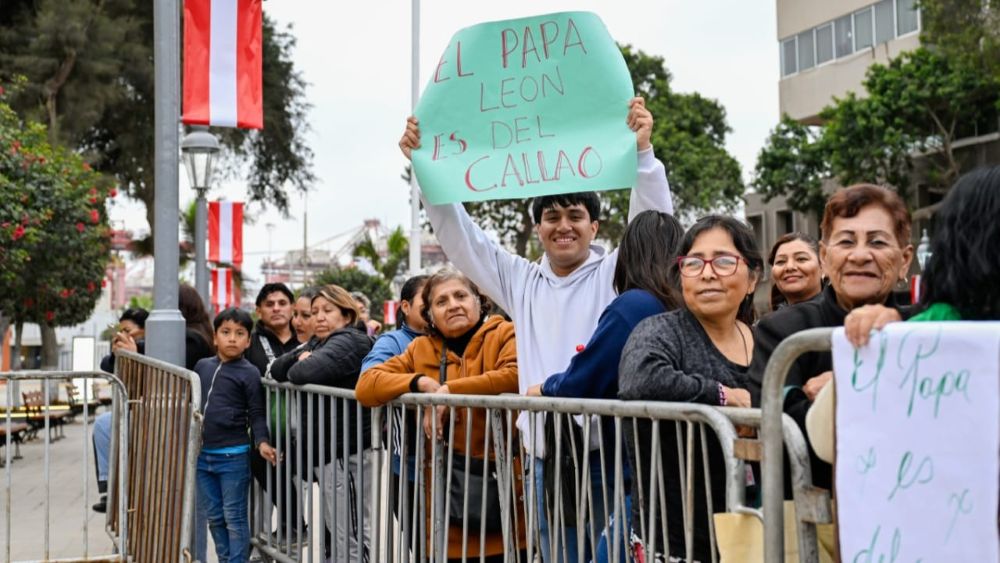
For Peruvian authorities, this route represents more than a tourism product: it pays tribute to a historical bond forged through closeness—with the people and their territories. As President Dina Boluarte stated during the official presentation:
“This route doesn’t just pass through streets or churches—it passes through the memory, faith, and hope of a people who never stopped dreaming, and who today can proudly say they have a Peruvian pope.”
Her words are not merely patriotic sentiment; they highlight the essence of this initiative: to honor a shared history, that of a man who walked alongside the communities of northern Peru long before donning the white cassock.
“In the Footsteps of Pope León XIV” is not just a religious pilgrimage—it’s proof that traveling in Peru is a transformative experience, one that inspires, amazes, and leaves a mark. Sometimes, deep enough to write a page of history.
Photos: Vatican News | Secretaría de Gobierno y Transformación Digital | PromPerú | Julio Reano

